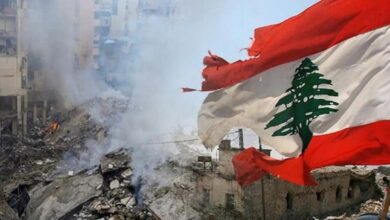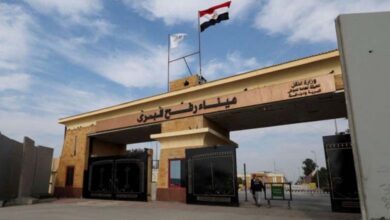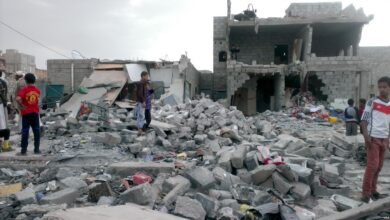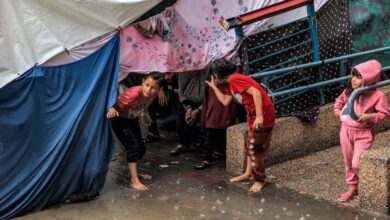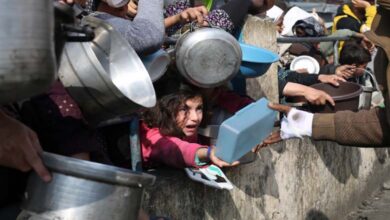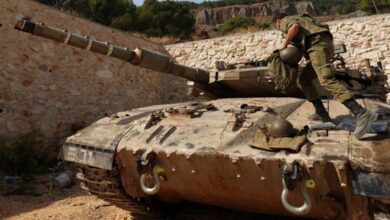Hours before the bombing: a mission to rescue 2,000 years of memory in Gaza
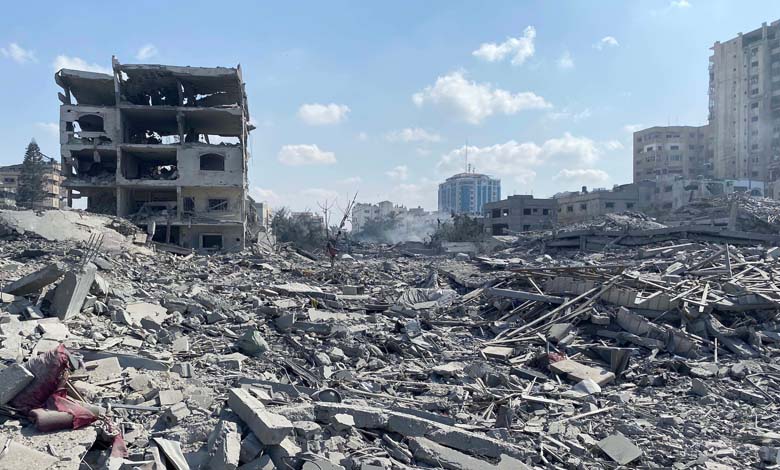
At the heart of conflict, culture and collective memory stand at risk of annihilation, with archaeological relics reduced to silent witnesses of war’s brutality.
Such is the case in Gaza, where humanitarian workers found themselves racing against time to save thousands of artifacts from a warehouse threatened with destruction, while residents endured siege conditions, fuel shortages, and a lack of essential resources.
-
Gaza Truce: Trump Anticipates a Deal Soon, Hamas Responds
-
Gaza Truce: Washington Delivers Principles of a Comprehensive Deal to Hamas via Israeli Mediator
In recent days, international aid teams carried out an emergency operation to evacuate thousands of historical objects from Gaza City, only hours before their storage facility was destroyed in an Israeli strike, according to an Associated Press report.
The operation required nine hours of negotiations with the Israeli army, followed by frantic efforts to locate trucks in a devastated territory crippled by fuel scarcity, then six hours of hurried packing, stacking carefully filled cardboard boxes onto open flatbed trucks.
-
Hamas confirms the death of Mohammed al-Sinwar, al-Haddad expected to succeed him
-
Gaza War: Britain Punishes Israel in an Unexpected Way
What did the warehouse contain?
The site held more than twenty-five years of excavations, including fragments from a fourth-century Byzantine monastery listed as a UNESCO World Heritage site, as well as some of the earliest known evidence of Christianity in Gaza.
Among the rescued items were ceramic jugs, mosaics, coins, painted plaster, human and animal remains, and other discoveries from the Monastery of Saint Hilarion—one of the oldest known examples of Christian monastic communities in the Middle East, according to UNESCO.
-
Israel expands its operations in Gaza: deaths, evacuation orders, and relentless bombardment
-
The Night of the New York Declaration in Gaza: Heavy Bombardments and Dismembered Bodies
No time for proper preparations
Starting at dawn on Thursday, workers rushed to load five flatbed trucks with as many fragile objects as possible within six hours.
The artifacts, normally catalogued and preserved with meticulous care, were hastily packed into cardboard boxes, while two-thousand-year-old pottery rested directly on the sandy ground.
Kevin Sharbel, field emergency coordinator for the humanitarian group “First International Relief,” which has been active in Gaza since 2009, explained that transporting such ancient items typically requires extensive preparation and specialized equipment to protect fragile pieces — measures that were impossible under these circumstances.
-
Quarter of a million displaced from Gaza City as Israel vows to defeat Hamas
-
The bitter memory of displacement keeps them from fleeing south… Painful stories from the heart of Gaza
The Israeli military also forbade the use of closed container trucks, further exposing the artifacts to damage.
On Sunday, Israel bombed the building, claiming Hamas had set up observation posts and intelligence infrastructure inside.
Even history falls victim to war
As the Israeli ground offensive expands, the artifacts have been moved to another location in Gaza City. Yet they remain outdoors, exposed to the elements and still at grave risk amid intensified bombardments.
-
The Doha Attack and Gaza Negotiations: Towards a Faster Deal or a Prolonged Deadlock?
-
Gaza Truce: Trump Anticipates a Deal Soon, Hamas Responds
UNESCO has reported that since the beginning of the war in October 2023, Israel has damaged at least 110 cultural sites in Gaza, including 13 religious buildings, 77 structures of historical or artistic significance, one museum, and seven archaeological sites.
Deeper questions
Sharbel admitted that the rescue effort raised profound ethical questions: was it justifiable to devote scarce resources — fuel, trucks, and human lives constantly endangered by bombing — to save inert objects when water, food, and medicine were desperately needed to save lives?
“But we accepted to do it,” he said, “because these items carry immense value. They are vital not only to Palestinian history but also to world heritage. The destruction of these early examples of Christianity in Palestine would erase them forever.”



